In today’s highly competitive business landscape, logos play a crucial role in establishing brand recognition and creating a visual identity. With limited windows to impress upon your audiance and a saturated market, effective logo design and placement is vital to gaining brand traction.
This short guide will explore the anatomy of a logo by examining the four main types: letter marks, wordmarks, brand marks, and combination marks. Hopefully giving you some useful tools to help you shape your brand’s identity.
This comes up a fair amount from folks wanting to take more ownership of their brand’s direction but not having a clear idea where to start.
So, let’s go through some of the finer points and clear it up.
Defining a Logo
We all have a pretty clear idea of how a logo works and how it helps form part of a Visual ID – for more information, see my article here.
Effectively it creates a visual cue that allows customers to quickly identify and connect with a particular business. Logos are essential tools for establishing brand recognition and hopefully conveying key messages or values.
Types of Logos
There are four main types of logo, so let’s run through these.
Letter Marks
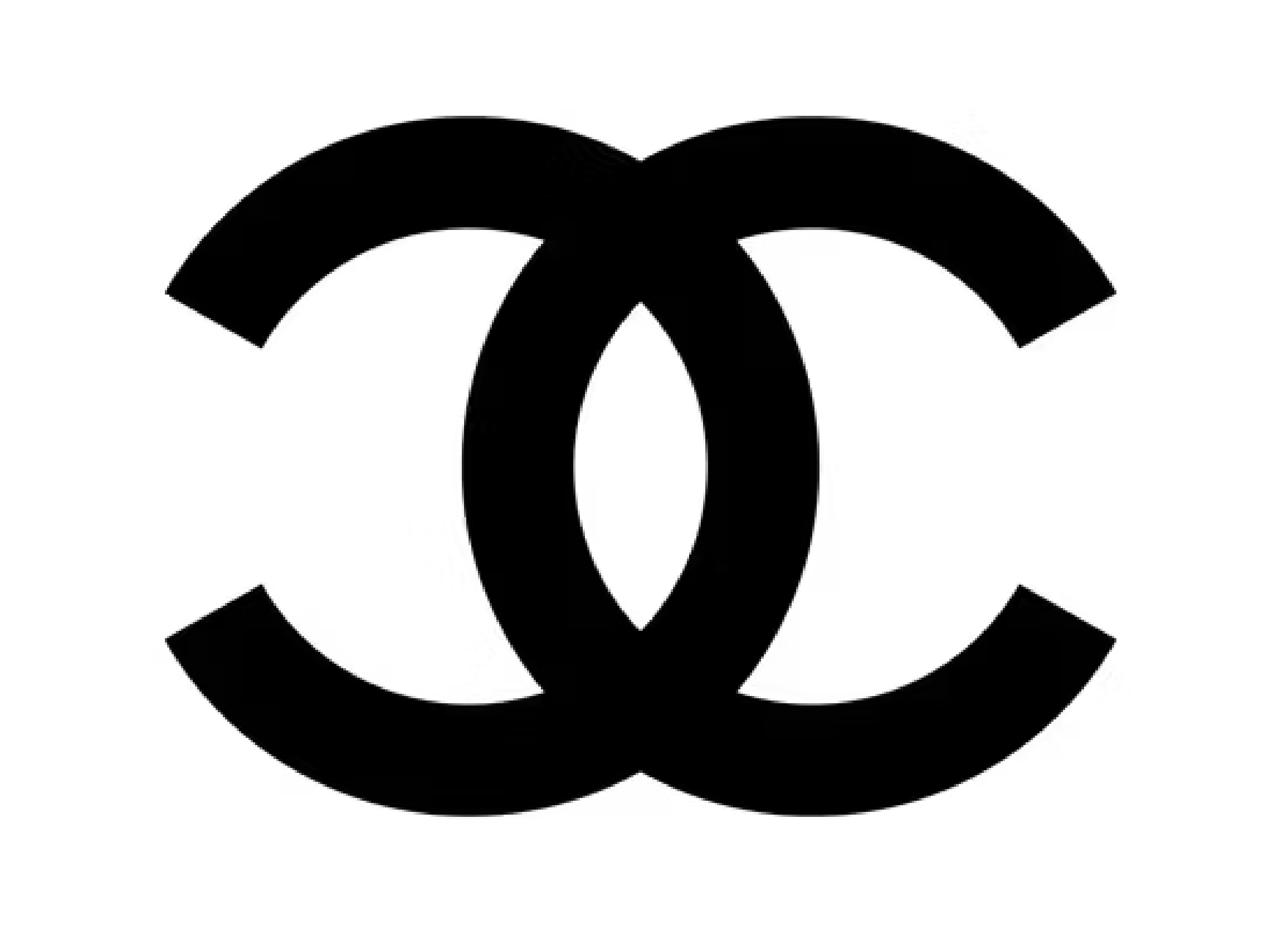



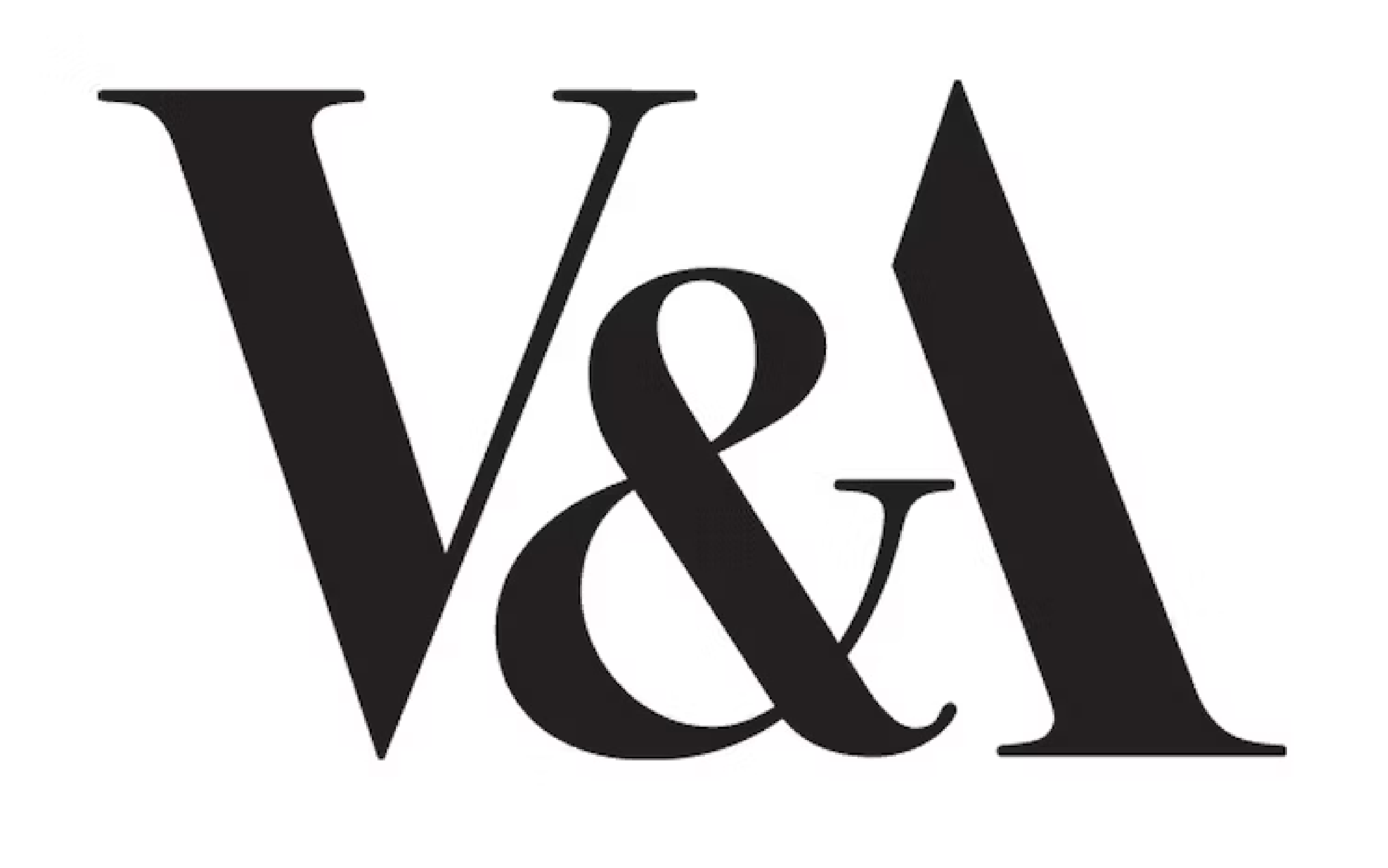

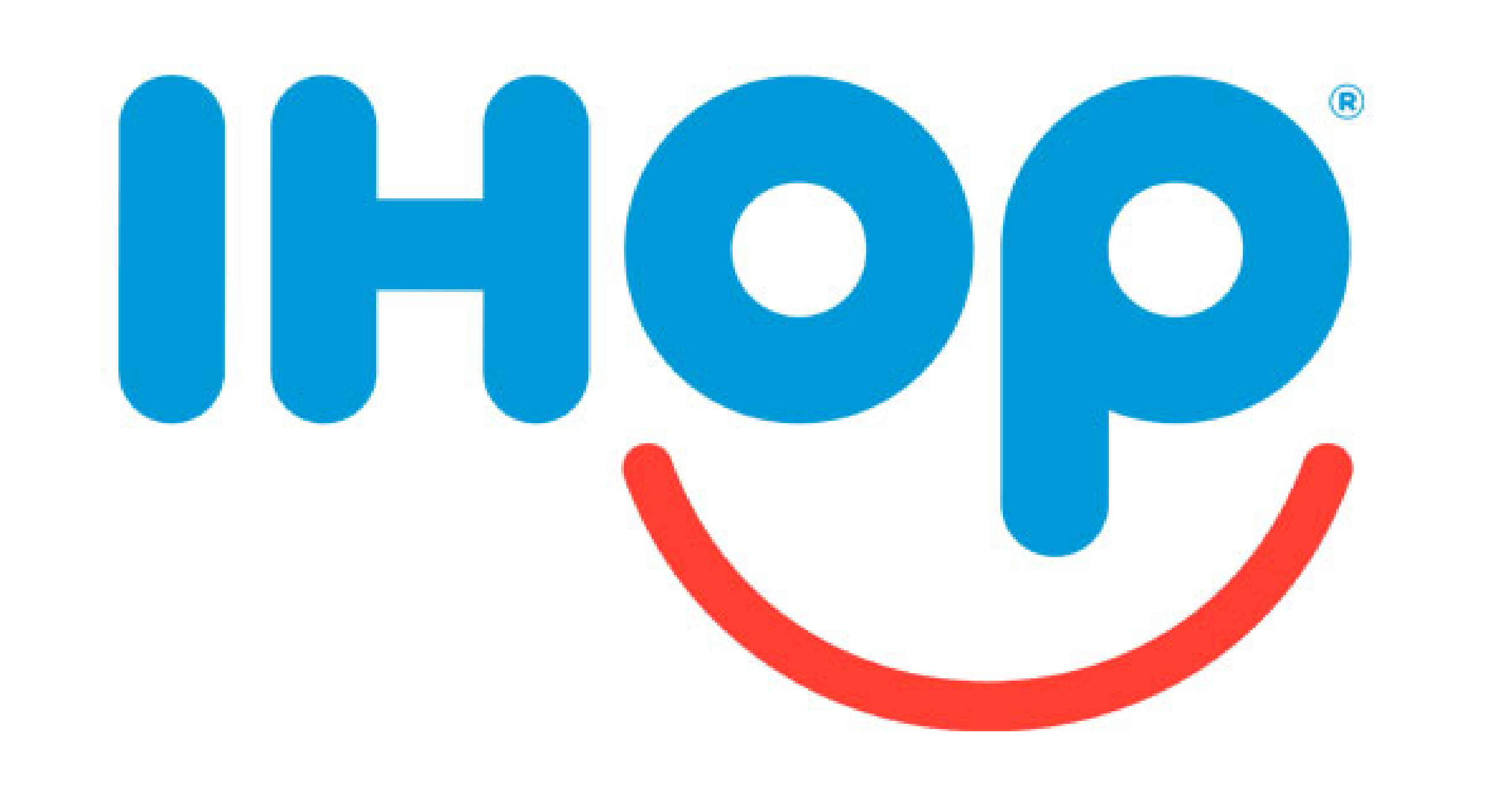
The simplest version of a logo, letter marks are logos created using the initials or a single letter of a company’s name. These logos are often preferred for their clean lines and versatility, making them ideal for businesses with long or complex names.
Much like classic monograms, these can range from understated to highly decorated ornate and likewise can convey a sense of strength, stability and timelessness.
Notable examples of letter marks include IBM and HP.
Word Marks

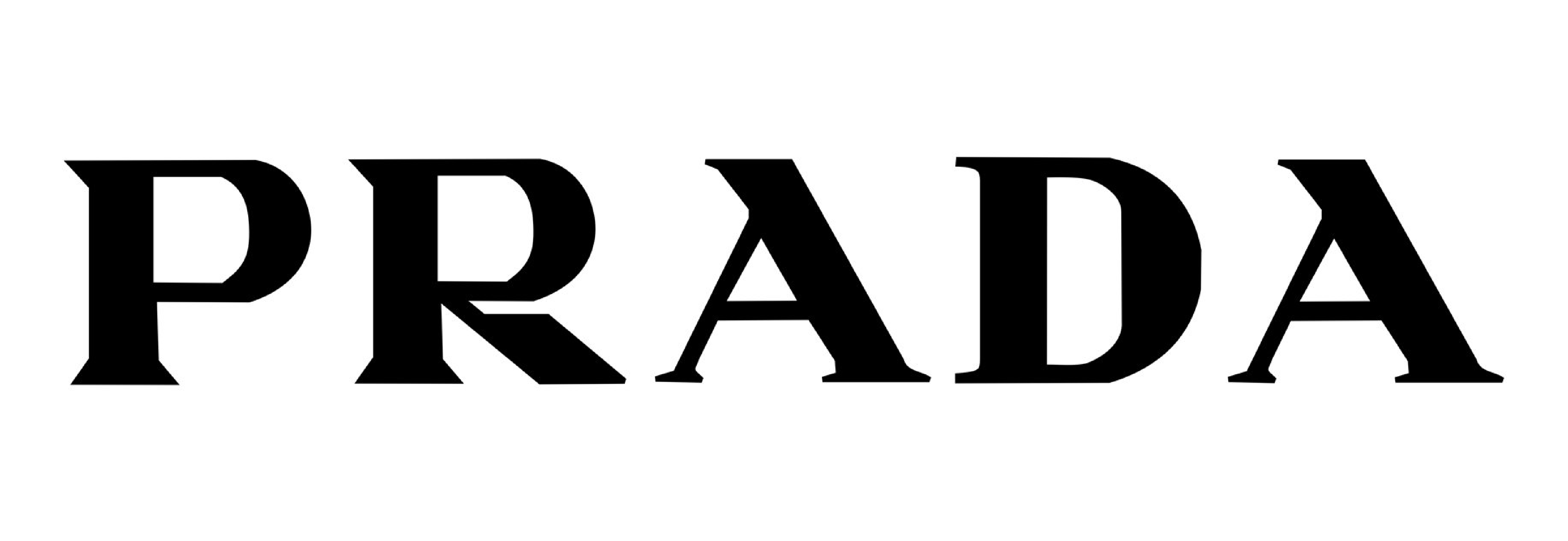

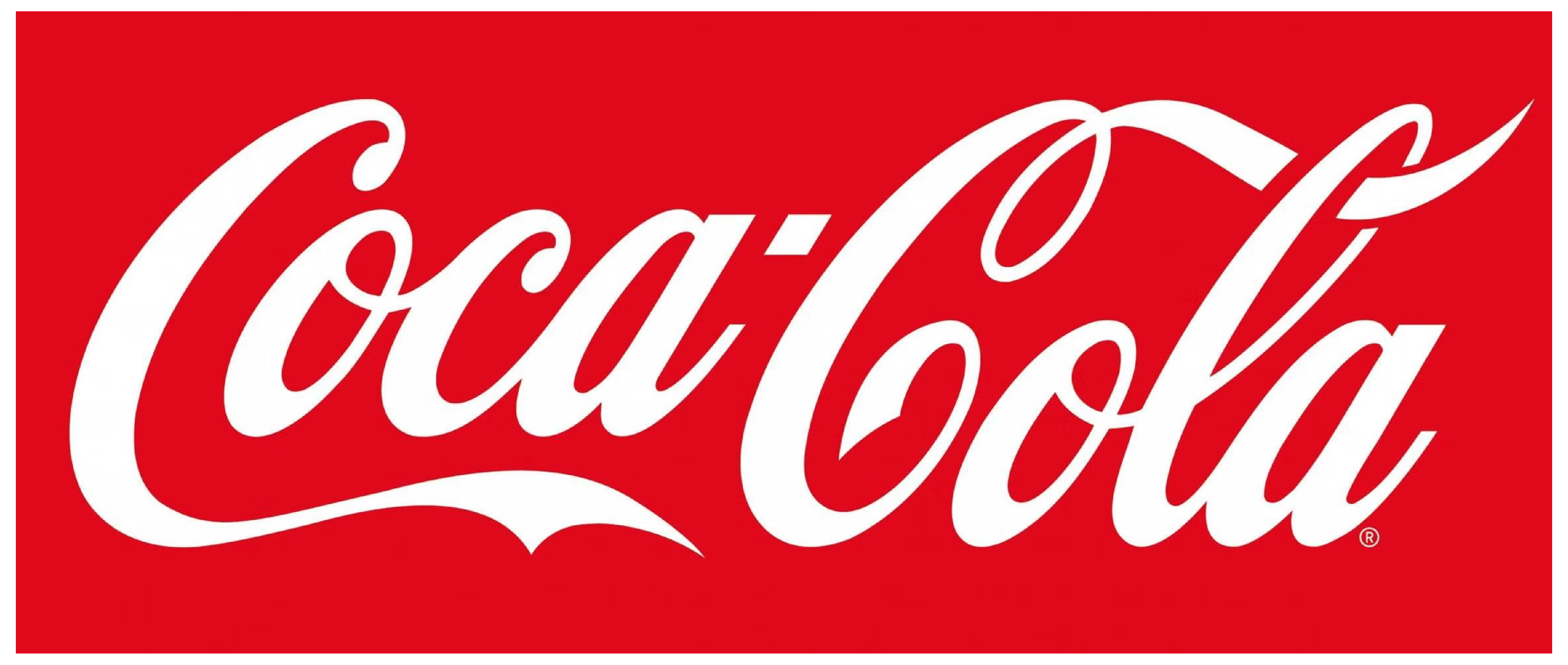

Wordmarks, also known as Logotypes are logos that use the complete name of a company or brand. They are effective in building brand awareness and are usually designed to be highly readable.
By creating a logo with the whole name visible it can create a sense of openness and transparency that can be used to help build notions of authenticity and trust.
Iconic wordmarks like Coca-Cola and Google exemplify the power of using the brand name as the logo.
Brand Marks



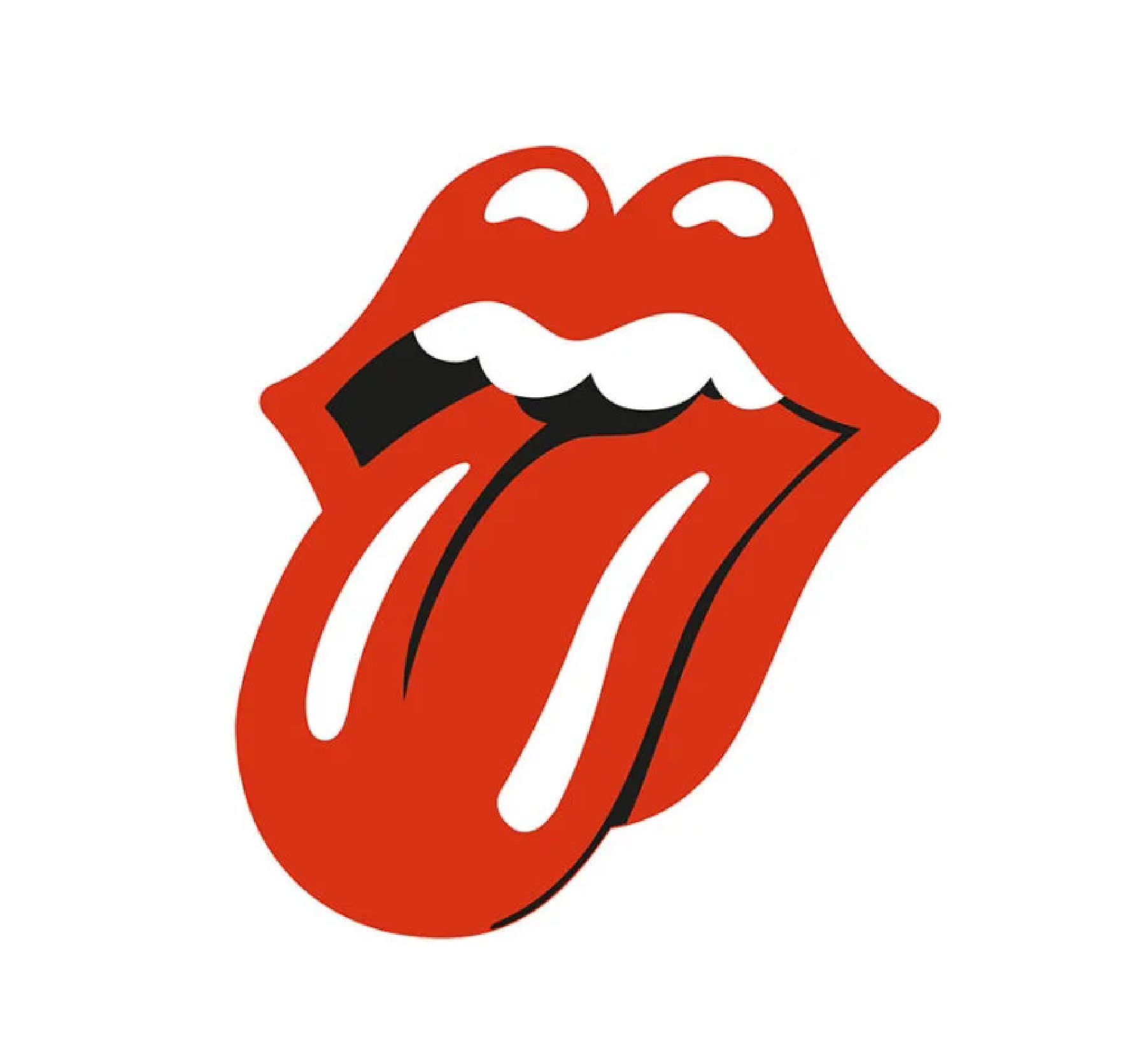



Brand marks are logos that use unique symbols or icons to represent a brand. These symbols are carefully designed to visually convey the essence and values of a brand, either in a very literal or abstract forms.
Brand marks are exceptional for their visual recognition and scalability, something that can be essential when a logo is used in various ways across multiple platforms and products.
Notable examples of brand marks include Apple’s apple and Nike’s swoosh.
Combination Marks


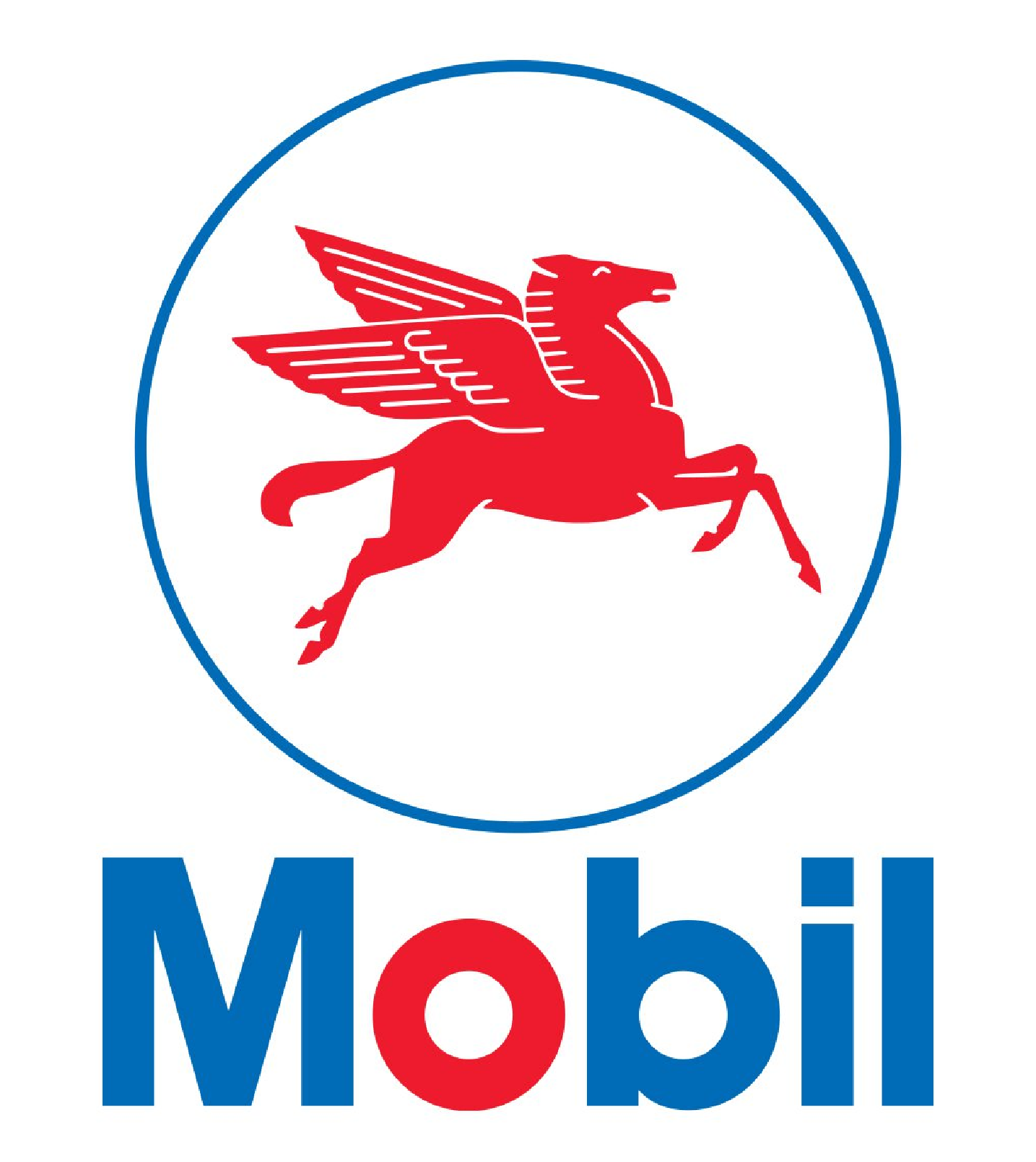
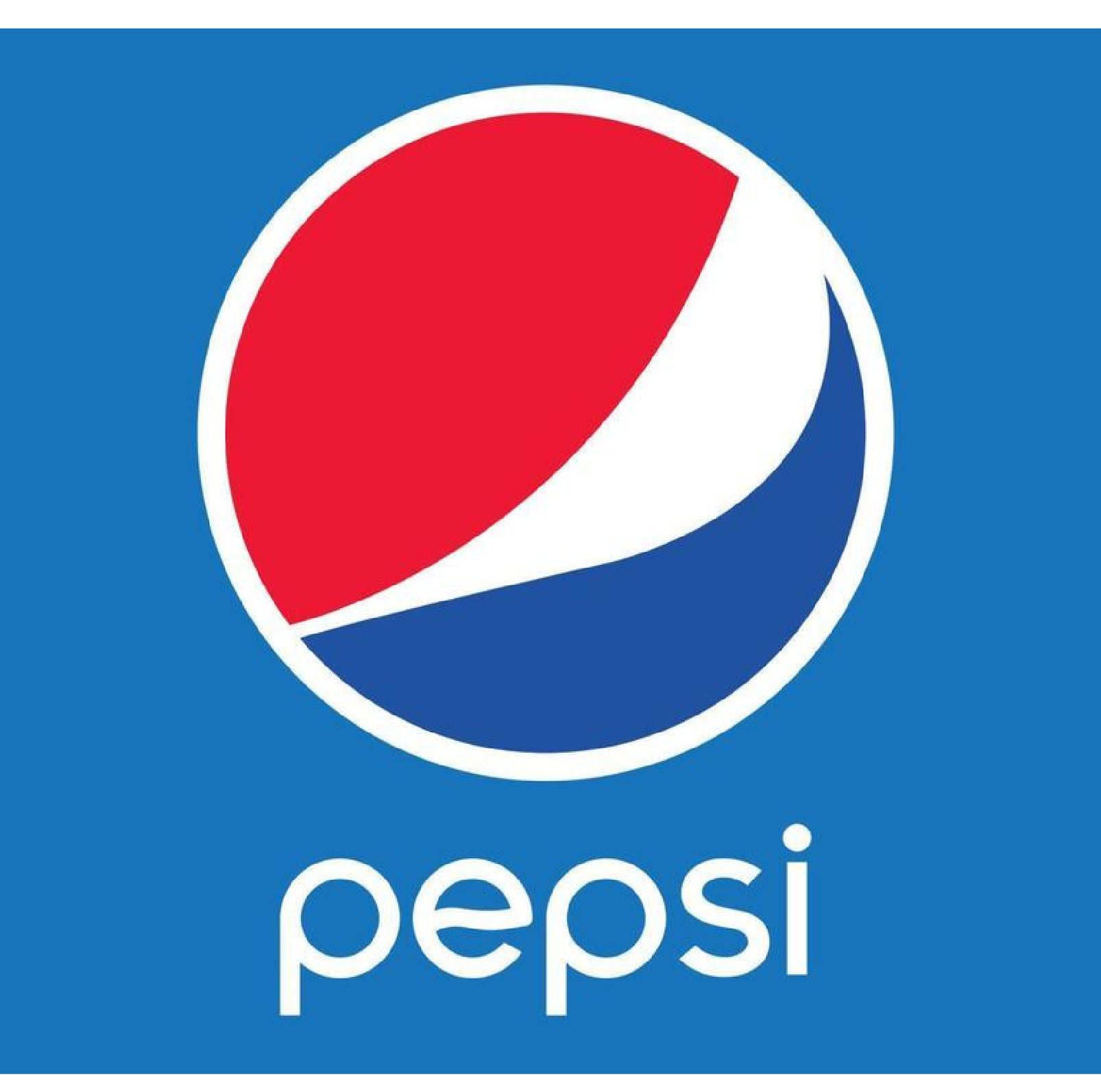
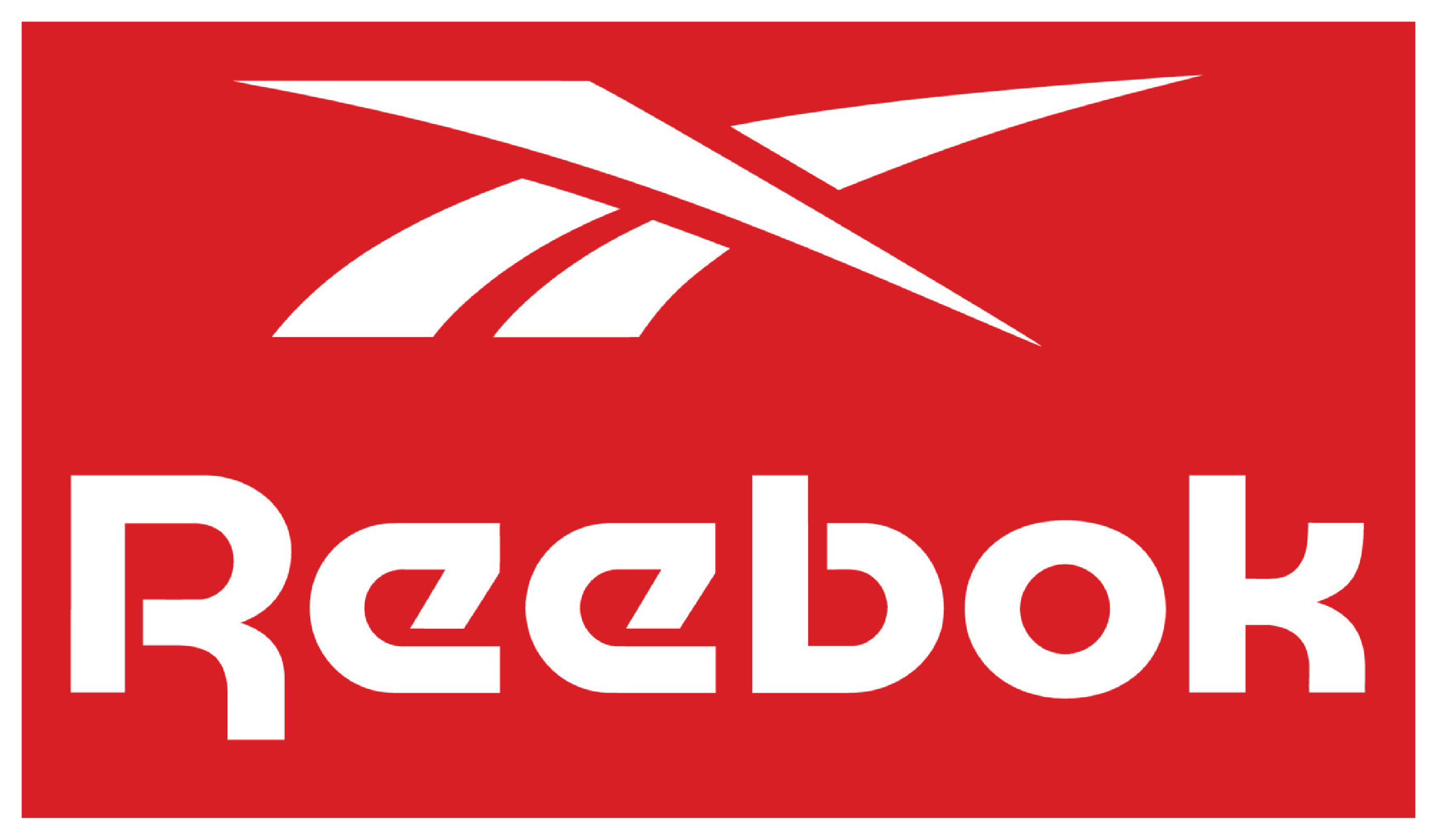

Combination marks, or lockups, are logos that incorporate both text and visual elements. They provide a versatile solution that combines the brand name and a symbolic element. Combination marks have the potential to tell a story and provide a visual representation of the brand.
The versitility also means you are able to break the elements apart should you need to, particulary useful when you need to reduce the size and keep the logo clear.
McDonald’s and Adidas both have iconic brand marks in combination with their logotypes, creating some of the most recognisable combination marks.
The Takeaway
Understanding the different logo types is crucial for businesses looking to establish a strong visual identity. By exploring letter marks, wordmarks, brand marks, and combination marks, businesses can make informed decisions when creating or redesigning their logos.
Each choice will have an impact on how a brand is communicated and received. Hopefully, you now have enough information to make an informed decision.
To create an effective logo, several best practices should be followed:
Simplicity: A simple logo is more memorable and versatile.
Scalability: A logo should retain its legibility and clarity when scaled up or down.
Legibility: The logo text should be easily readable, even at smaller sizes.
Consistency: A logo should be consistently used across various platforms and media to enhance brand recognition.
Choosing the appropriate logo type depends on the nature of the business or brand. It’s important to consider factors such as industry, target audience, and brand personality.